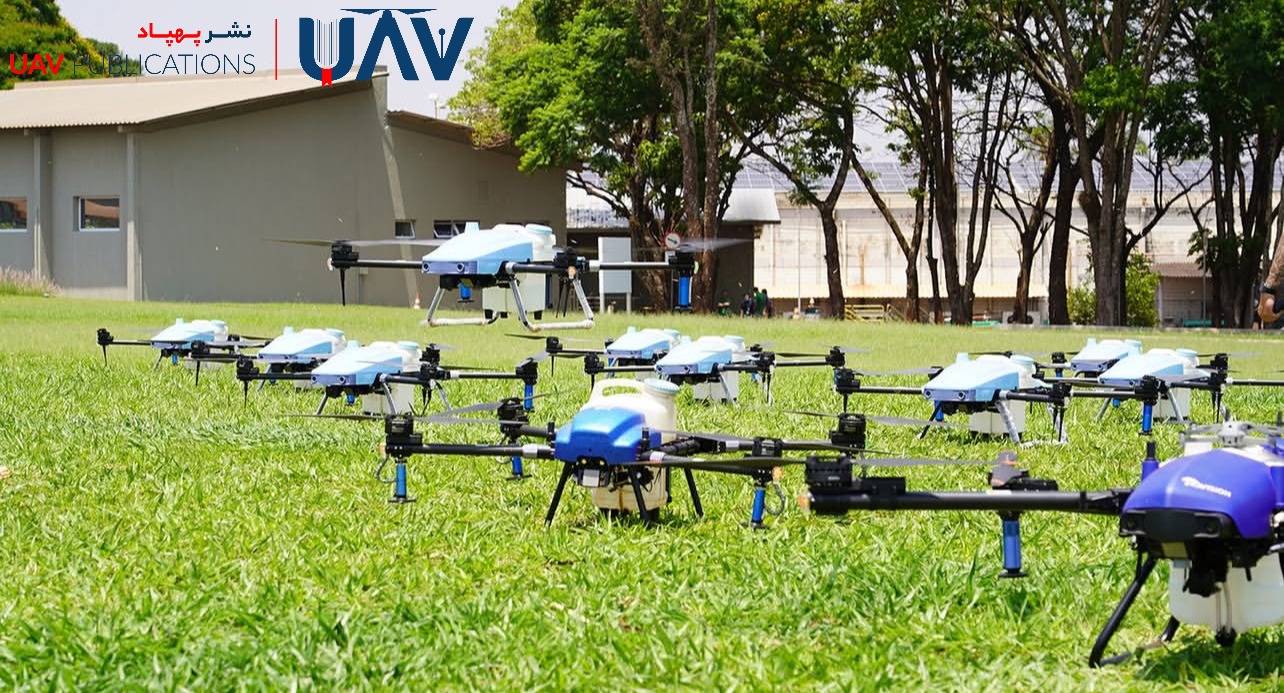Embracing Agricultural Drones and Emerging Aerial Technologies
For many generations, agriculture was rooted in tradition, carried out without the aid of modern technologies. Farmers relied heavily on experience, intuition, and trial-and-error methods. However, with the accelerating pace of population growth and the increasing global demand for food, traditional farming methods are no longer adequate to meet today’s complex challenges. Water scarcity, soil degradation, climate change, and rising production costs are among the most pressing issues faced by farmers worldwide.
In this context, the integration of technology into agriculture has become not only beneficial but indispensable. Among the most transformative advancements are agricultural drones, also known as Unmanned Aerial Vehicles (UAVs). These intelligent tools offer innovative capabilities for enhanced management of farmland. In this article, we examine the role that UAVs have come to play in modern farming, their practical benefits and applications, and the promising future they hold for the agricultural sector. These technologies are not merely tools—they have revolutionized how we perceive cultivation, resource management, and food production.
What Is a UAV and How Does It Work?
A UAV (Unmanned Aerial Vehicle) refers to an aircraft operated without a human pilot onboard, typically controlled remotely or via autonomous software. Initially developed for military applications, UAVs have since expanded into various industries, including cinematography, cartography, disaster relief, and, more recently, agriculture.
Equipped with high-resolution cameras, GPS systems, infrared sensors, and communication modules, UAVs are capable of collecting real-time data from the field and executing pre-programmed tasks autonomously. In agriculture, these devices are employed for functions such as crop monitoring, precision spraying, targeted irrigation, soil mapping, pest surveillance, and even automated harvesting.
One of the drone’s most significant advantages lies in its ability to access remote or rugged terrains without the need for human labor. This not only saves time and operational costs but also dramatically improves accuracy. What once was considered a luxury is now a strategic necessity in many parts of the world—UAVs have become an integral part of the agricultural production chain.
UAVs and Precision Crop Monitoring
Regular and accurate crop monitoring is a cornerstone of modern agriculture. Farmers must understand the condition of every part of their field—Are the plants healthy? Which sections require irrigation or pesticide treatment?
UAVs have transformed this aspect of farming. Utilizing thermal and multispectral imaging, drones can assess plant health, measure photosynthesis efficiency, detect temperature anomalies in leaves, and identify early signs of disease. These insights are processed into color-coded maps and analytical data, enabling quicker and more informed decisions.
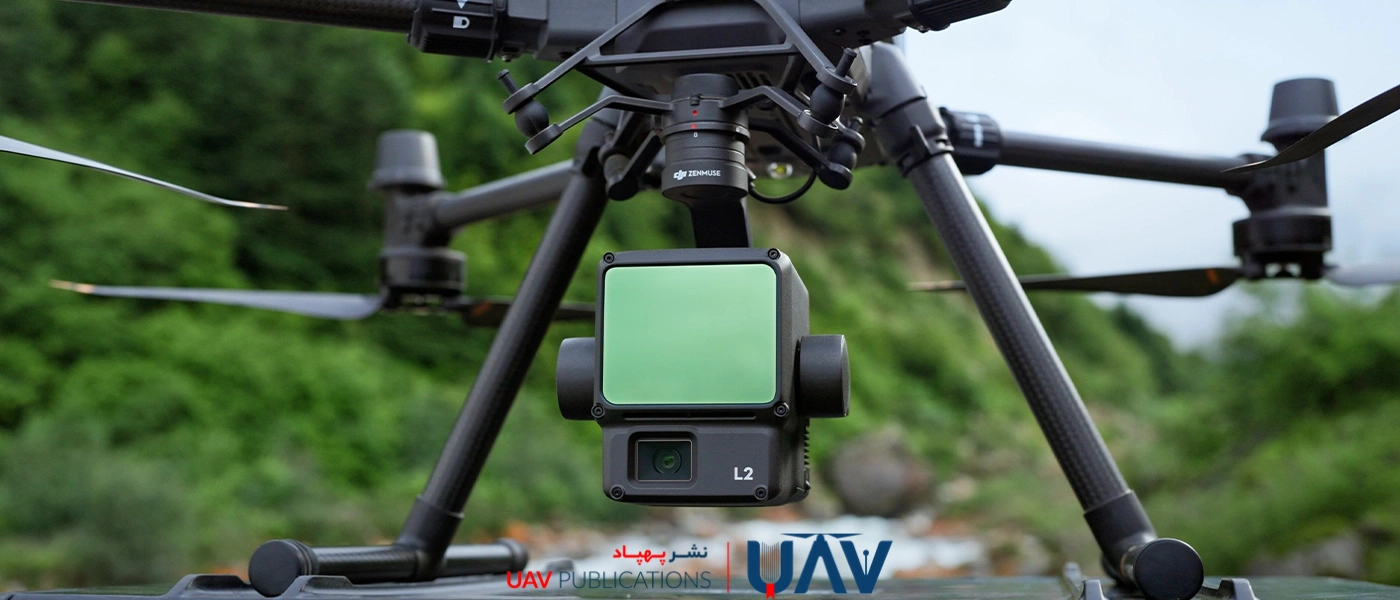
Instead of time-consuming manual inspections, UAVs can survey entire farms in a matter of minutes. For instance, nutrient-deficient zones appear in distinct colors on thermal images, allowing for localized and efficient treatment—the result: optimized resource utilization, reduced waste, and significantly improved crop quality. In essence, UAVs serve as the farmer’s vigilant eyes in the sky.
Aerial Surveying and Precision Mapping with UAVs
Among the most valuable functions of UAVs in agriculture is their ability to perform high-resolution mapping and land assessment. Through advanced cameras and GPS integration, drones can generate detailed 3D maps of farmlands—something that previously required extensive time and resources.
These maps enable farmers to understand land gradients better, identify areas with less fertile or waterlogged soil, and analyze soil moisture distribution. Such data is critical for making informed decisions regarding crop selection, irrigation planning, and drainage management.
Pre-planting analysis through UAV mapping enhances land productivity by pinpointing optimal planting zones and nutrient needs. In the broader sense, drone-based mapping elevates agricultural accuracy, conserves resources, and mitigates economic risk. This technology marks a significant step forward toward precision and smart farming.
UAVs and Crop Health Surveillance: Pest Forecasting and Disease Detection
By capturing periodic aerial images, UAVs can detect early signs of disease, pest infestations, and nutrient deficiencies—often before visible damage occurs. This represents a seismic shift in how crop health is monitored. Equipped with multispectral or infrared sensors, drones identify subtle changes in leaf color or temperature, indicating plant stress, fungal infections, or pest activity. Farmers can then take corrective measures before issues escalate.
Additionally, UAV data, when processed through machine learning algorithms, can predict future pest outbreaks and disease spread. This enables farmers not only to react but to safeguard their crops proactively. Previously, such monitoring required constant field visits and high labor costs. Today, UAVs provide faster and more accurate coverage at scale, thereby enhancing both yield and quality.
Precision Irrigation and Water Resource Management
Water scarcity poses a critical challenge to global agriculture. UAVs have emerged as key tools in optimizing irrigation practices. Using thermal and spectral imaging, drones generate soil moisture maps, guiding farmers to identify areas that require water and those that remain adequately hydrated.
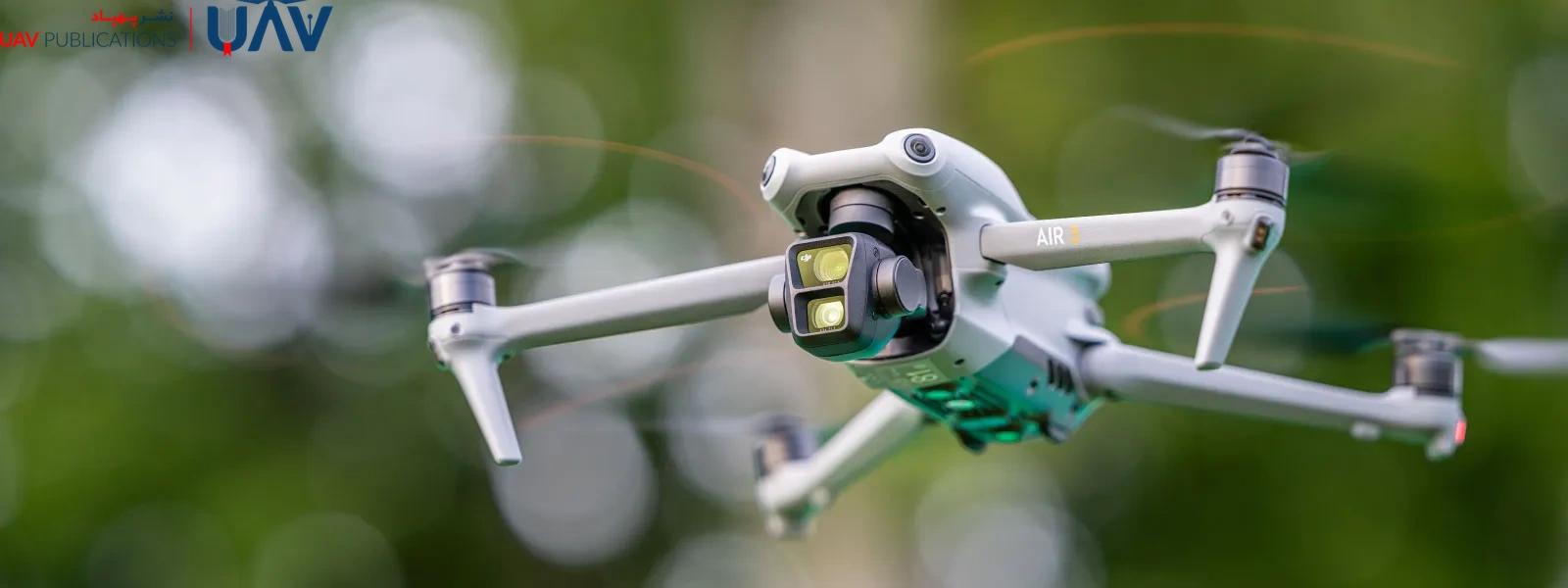
In some regions, UAVs are even used for localized irrigation, particularly in orchards and greenhouses. This targeted approach minimizes water waste and delivers moisture directly to plant roots. Drone-generated data also supports the development of smart irrigation schedules and the optimization of drip systems. In sum, UAVs conserve water, boost irrigation efficiency, and protect one of agriculture’s most precious resources.
UAVs for Targeted Spraying and Fertilization
Spraying pesticides and applying fertilizers are among the costliest and riskiest agricultural activities. UAVs are transforming these practices by increasing precision and reducing environmental harm. Rather than uniformly treating entire fields, drones target only the areas identified via prior monitoring as needing intervention.
This data-driven approach reduces chemical use, lowers expenses, and minimizes soil and water contamination. Drones also shield farmers from direct exposure to hazardous substances—an especially crucial advantage in regions where safety regulations are less stringent. Moreover, UAVs can efficiently operate in rugged terrains such as steep orchards or flooded rice fields, ensuring accessibility and consistency. Intelligent spraying and fertilization through UAVs make farming safer, more efficient, and environmentally sound.
Boosting Productivity and Reducing Costs
Beyond enhancing precision, UAVs significantly improve overall farm productivity by reducing traditional operational costs. Previously, monitoring crop health, mapping fields, and spraying required large labor forces, heavy machinery, and considerable time and effort. Drones now perform these tasks quickly, with fewer personnel and greater accuracy.
In large-scale operations, routine inspections that once took days can now be accomplished in under an hour with drone flights. This rapid data delivery enables quicker, data-informed decision-making, resulting in increased yields and cost savings. Moreover, by preventing overuse of water, fertilizers, and chemicals, UAVs help conserve essential resources. Simply put, UAVs enable farmers to produce more with less, advancing sustainable and competitive agriculture on a global scale.
Data-Driven Agriculture and Intelligent Decision-Making
UAVs have ushered agriculture into the data age. What they capture is far more than images—they collect actionable insights. These datasets can be analyzed using specialized software, empowering farmers to make more informed decisions. For instance, a UAV might detect dry patches in a field, prompting a recommendation for localized irrigation. Or signs of disease on specific leaves may trigger alerts with suggested treatments and application timelines.
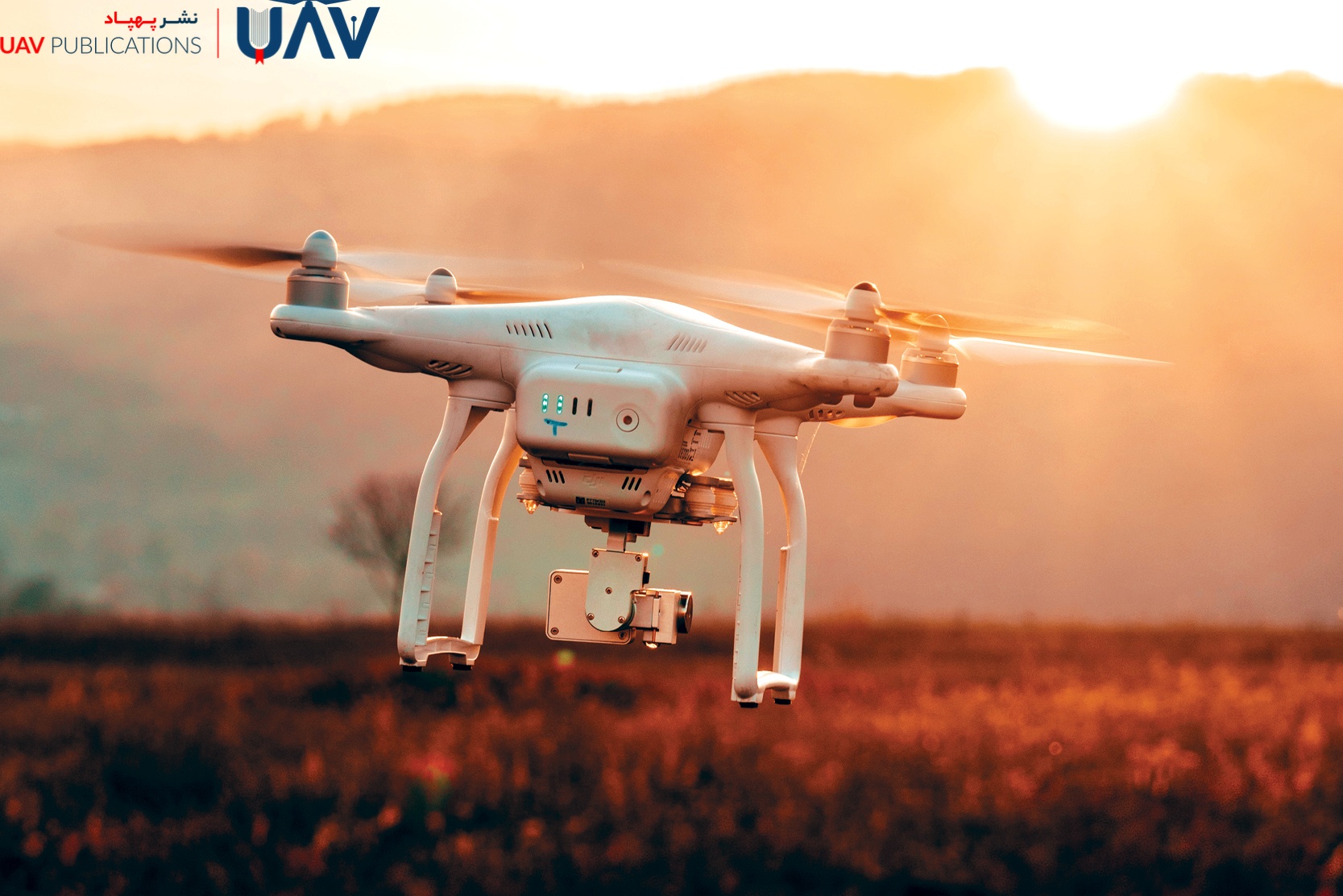
These decisions are no longer based on guesswork or tradition—real-time, precise data drives them. Today’s farmer is becoming a data analyst, drawing upon weather forecasts, soil conditions, plant health indices, and climate models. This shift has transformed agriculture from a manual trade into a science-based industry rooted in technology.
Environmental Benefits of UAVs in Agriculture
UAVs play a crucial role in mitigating the environmental impact of traditional agriculture. Conventional methods often rely on excessive use of water, fertilizers, and chemicals, resulting in soil degradation, water pollution, and biodiversity loss. UAVs enable targeted spraying and fertilization, ensuring only areas in need are treated, minimizing environmental impact.
Additionally, by identifying moisture levels and optimizing irrigation, drones help conserve water and prevent erosion. Their ability to replace heavy machinery in specific tasks also reduces fossil fuel consumption and greenhouse gas emissions. Overall, UAVs support sustainable farming practices and make a meaningful contribution to the preservation of natural ecosystems.
Challenges and Barriers to UAV Adoption in Agriculture
Despite their many advantages, UAVs are not without obstacles. One of the most significant is the initial cost of acquisition and maintenance, which is prohibitively high for many smallholder or traditional farmers, especially in developing nations. Moreover, effective UAV use requires technical training and familiarity with data analytics skills that many farmers currently lack.
Legal and regulatory hurdles also complicate the deployment of drones. Flight restrictions, licensing requirements, and privacy concerns limit the widespread use of this technology in some regions. Technical issues—such as limited battery life, mechanical failures, or signal interference—can further hinder performance. Still, as costs decline and training programs expand, these challenges are expected to diminish gradually.
The Future of UAVs in Smart Agriculture
Shortly, UAVs will play an even more pivotal role in agriculture. With advances in artificial intelligence and machine learning, drones will evolve beyond data collection to autonomous decision-making. Next-generation UAVs may detect abnormal plant growth patterns, diagnose diseases, and initiate targeted spraying without human input, fully automating many farm processes.
By integrating drone data with satellite imagery, soil sensors, and climate models, sophisticated Decision Support Systems (DSS) will emerge, enabling farmers to manage their land with unparalleled precision. Drones will likely operate alongside self-driving tractors and field robots, forming a cohesive, data-driven agricultural workforce. In this future, UAVs will be essential to a sustainable, intelligent food system capable of feeding a growing global population.
UAVs and Agriculture in Developing Nations
In developing countries, agriculture remains a cornerstone of livelihood and employment. However, low productivity, inefficient resource use, and reliance on outdated methods have hindered progress. UAVs offer a transformative leap forward, allowing small-scale farmers to gain detailed insights into their fields with minimal investment.
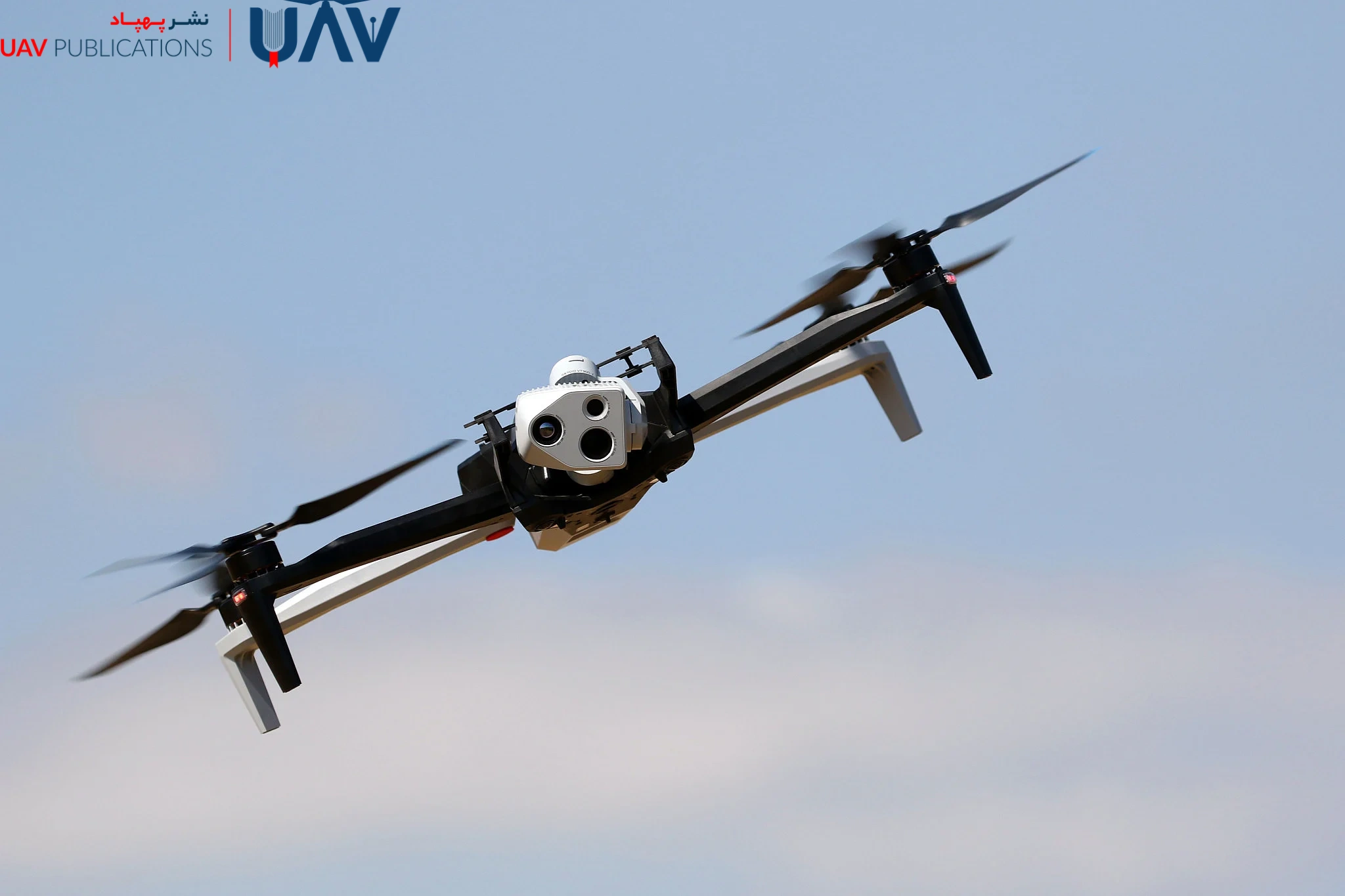
By identifying high-performing crop areas or detecting zones that need additional nutrients or water, drones help improve yields without the need for costly infrastructure. In some regions, governments and NGOs are creating UAV rental services and local training programs to democratize access. With the proper support, drones can bridge the technological gap, advancing rural economies and fostering equitable agricultural development.
UAVs: A Symbol of Sustainable, Precision Agriculture
The rapid evolution of UAVs in recent years signals a dramatic shift in the future of farming. These aerial tools have elevated agriculture from a labor-intensive tradition to a data-rich, technologically sophisticated industry. From mapping and crop health analysis to precision spraying and irrigation, UAVs are integral at every stage of the agricultural cycle.
They have increased efficiency, lowered costs, enhanced product quality, and helped protect the environment. While barriers such as cost, training, and regulation remain, the outlook for UAVs in agriculture is undeniably bright, particularly in countries like Iran, where water scarcity and low productivity present urgent challenges.
Drones represent the future of agriculture: precise, intelligent, sustainable—and it all begins in the skies above.

